ড. হোসেইন মোহাম্মদ শাহিন বর্তমানে জাপানের নাগোয়া ইনস্টিটিউট অব টেকনোলজির সিভিল ইঞ্জিনিয়ারিং অ্যান্ড সিস্টেমস ম্যানেজমেন্ট বিভাগ এবং সায়েন্টিফিক অ্যান্ড ইঞ্জিনিয়ারিং সিমুলেশন বিভাগের সহযোগী অধ্যাপক হিসেবে কর্মরত আছেন। তিনি ১৯৯৭ সালে বাংলাদেশ প্রকৌশল বিশ্ববিদ্যালয় (বুয়েট) থেকে সিভিল ইঞ্জিনিয়ারিং-এ স্নাতক সম্পন্ন করেন। এরপর ২০০১ সালে মাস্টার্স এবং ২০০৪ সালে ডক্টর অব ইঞ্জিনিয়ারিং ডিগ্রি অর্জন করেন নাগোয়া ইনস্টিটিউট অব টেকনোলজি থেকে।
তার গবেষণার মূল ক্ষেত্র জিওটেকনিক্যাল ও ভূমিকম্প প্রকৌশল। টানেল খনন, মাটির কনস্টিটিউটিভ মডেল, ফাউন্ডেশন বেয়ারিং ক্যাপাসিটি, ঢালের স্থায়িত্ব, গ্রাউন্ড ইমপ্রুভমেন্ট, রিটেইনিং ওয়াল বিশ্লেষণ এবং মাটি-কাঠামো পারস্পরিক ক্রিয়া – এই সব ক্ষেত্রেই তিনি সক্রিয়ভাবে কাজ করছেন। বর্তমানে তিনি এমন ফাইনাইট এলিমেন্ট সফটওয়্যার তৈরি করছেন যা ভূমিকম্প বা খনন প্রক্রিয়ায় মাটির প্রতিক্রিয়া বাস্তবসম্মতভাবে সিমুলেট করতে সক্ষম। বাংলাদেশে নদীর তীর রক্ষা ও নগর অবকাঠামো উন্নয়নের জন্যও তার গবেষণা অত্যন্ত প্রাসঙ্গিক।
💬 প্রশ্নোত্তর পর্ব:
প্রশ্ন: নিজেকে এবং আপনার শিক্ষা ও পেশাগত জীবনের সংক্ষিপ্ত পরিচয় দিন।
উত্তর: আমি বর্তমানে নাগোয়া ইনস্টিটিউট অব টেকনোলজির সিভিল ইঞ্জিনিয়ারিং অ্যান্ড সিস্টেমস ম্যানেজমেন্ট এবং সায়েন্টিফিক অ্যান্ড ইঞ্জিনিয়ারিং সিমুলেশন বিভাগে সহযোগী অধ্যাপক হিসেবে কাজ করছি। আমি ১৯৯৭ সালে বুয়েট থেকে সিভিল ইঞ্জিনিয়ারিং-এ বিএসসি সম্পন্ন করি, এবং ২০০১ ও ২০০৪ সালে যথাক্রমে মাস্টার্স ও ডক্টর অব ইঞ্জিনিয়ারিং ডিগ্রি অর্জন করি নাগোয়া ইনস্টিটিউট অব টেকনোলজি থেকে।
প্রশ্ন: আপনার মূল দক্ষতার ক্ষেত্রগুলো কী কী?
উত্তর: আমার মূল গবেষণা ক্ষেত্র হলো জিওটেকনিক্যাল ও ভূমিকম্প প্রকৌশল। আমি টানেল খনন, মাটির কনস্টিটিউটিভ মডেল, অগভীর ও গভীর ফাউন্ডেশনের বেয়ারিং ক্যাপাসিটি, তরলীকরণ ও গ্রাউন্ড ইমপ্রুভমেন্ট, ঢাল স্থিতিশীলতা, রিটেইনিং ওয়াল, মাটি-পানি ও মাটি-কাঠামো পারস্পরিক ক্রিয়া এবং ভূমিকম্পজনিত ডাইনামিক সমস্যা নিয়ে কাজ করছি।
প্রশ্ন: আপনার গবেষণা ক্ষেত্রে ভবিষ্যৎ প্রবণতা কী দেখতে পাচ্ছেন?
উত্তর: নগরায়নের সঙ্গে সঙ্গে ভূগর্ভস্থ স্থান ব্যবহারের প্রয়োজনীয়তা বাড়ছে। সাবওয়ে, আন্ডারগ্রাউন্ড শপিং সেন্টার, নর্দমা, গ্যাস ডাক্ট বা পার্কিং এরিয়া—সবক্ষেত্রেই টানেলিং ব্যবহৃত হচ্ছে। কিন্তু টানেল খননের ফলে মাটির বিকৃতি ঘটে যা পার্শ্ববর্তী কাঠামোর ওপর প্রভাব ফেলে। তাই আমি এমন ফাইনাইট এলিমেন্ট সফটওয়্যার তৈরি করছি যা এই ধরনের বিকৃতি ও প্রভাব আগেভাগে নির্ণয় করতে পারে, যাতে কাঠামোর ক্ষতি রোধ করা যায়।
প্রশ্ন: বর্তমানে আপনি কোন গবেষণায় কাজ করছেন?
উত্তর: আমি এমন সফটওয়্যার তৈরি করছি যা ভূমিকম্পের মতো গতিশীল লোডিংয়ের প্রভাব ভবনের ওপর বিশ্লেষণ করতে পারে। পাশাপাশি, সময়ভিত্তিক মাটির কনস্টিটিউটিভ মডেল তৈরি করছি যা বিলম্বিত কনসোলিডেশন ও ডিফারেনশিয়াল সেটেলমেন্ট বিশ্লেষণে সহায়ক। এছাড়া বাংলাদেশে নদীভাঙন ও তীররক্ষার জন্য সাশ্রয়ী সমাধান খুঁজতে অসম্পৃক্ত মাটি মডেলিং ভিত্তিক গবেষণাও করছি।
প্রশ্ন: আপনার সাম্প্রতিক প্রকাশনায় কী বিষয়ে গবেষণা করেছেন?
উত্তর: সাম্প্রতিক প্রকাশনায় আমি টানেল এবং ওপেন-কাট খননের ফলে পার্শ্ববর্তী কাঠামোর ওপর প্রভাব বিশ্লেষণ করেছি। পরীক্ষাগার গবেষণা ও সংখ্যাতাত্ত্বিক সিমুলেশনের মাধ্যমে প্রাপ্ত ফলাফল থেকে উপসংহার টেনেছি।
প্রশ্ন: এই ক্ষেত্রে গবেষণায় আগ্রহী তরুণ গবেষকদের জন্য আপনার পরামর্শ কী?
উত্তর: তরুণ গবেষকদের মাটি প্রকৌশলের মৌলিক বিষয় এবং মাটির কনস্টিটিউটিভ মডেল সম্পর্কে ভালো ধারণা থাকা উচিত। পাশাপাশি ফাইনাইট এলিমেন্ট পদ্ধতি বা বাউন্ডারি ভ্যালু প্রবলেম সম্পর্কে জ্ঞান থাকলে গবেষণায় অগ্রগতি সহজ হবে।
প্রশ্ন: পাঠকদের জন্য আপনার ইমেইল প্রকাশ করা যাবে কি?
উত্তর: হ্যাঁ, অবশ্যই। আমার ইমেইল ঠিকানা: [email protected] এবং [email protected]
🔗 প্রোফাইল লিংক:
http://www.cm.nitech.ac.jp/jiban/english/Staff/Shahin/index.html
ড. হোসেইন মোহাম্মদ শাহিন ভূগর্ভস্থ কাঠামো ও ভূমিকম্প প্রকৌশলে গবেষণার মাধ্যমে তাত্ত্বিক জ্ঞানকে বাস্তব সমাধানে রূপ দিচ্ছেন। তার নির্মিত কম্পিউটেশনাল মডেল ও সিমুলেশন সফটওয়্যার মাটির আচরণ এবং কাঠামোর নিরাপত্তা বিশ্লেষণে গুরুত্বপূর্ণ অবদান রাখছে। নাগোয়া থেকে পরিচালিত তার গবেষণা বাংলাদেশের নদীভাঙন ও নগর অবকাঠামো সমস্যার সমাধানেও সম্ভাবনার দিগন্ত খুলে দিচ্ছে।
biggani.org টিমের পক্ষ থেকে আমরা ড. শাহিনকে অভিনন্দন ও শুভেচ্ছা জানাই। তার নিরলস গবেষণা তরুণ বিজ্ঞানী ও প্রকৌশলীদের অনুপ্রেরণা জোগাবে, বাংলাদেশ ও বিশ্বজুড়ে।
Bridging Soil and Structure: Insights from Dr. Hosein Mohammad Shahin
Dr. Hosein Mohammad Shahin is an Associate Professor at the Department of Civil Engineering and Systems Management and the Department of Scientific and Engineering Simulation at the Nagoya Institute of Technology, Japan. He earned his Bachelor of Science in Civil Engineering from Bangladesh University of Engineering and Technology (BUET) in 1997. Later, he pursued his Master’s degree (2001) and Doctor of Engineering (2004) from the Nagoya Institute of Technology.
His research focuses on geotechnical and earthquake engineering, with expertise in areas such as tunnel excavation, constitutive modeling of soils, bearing capacity, slope stability, ground improvement, and soil-structure interaction under dynamic loading. Dr. Shahin is also developing advanced finite element software for simulating soil behavior under various construction and seismic conditions. His current projects aim to provide computational solutions for safe underground development and effective riverbank protection, particularly relevant to Bangladesh’s environmental challenges.
💬 Q&A Session:
Q: Please tell us about yourself, your education, and career.
A: I am working as an Associate Professor in the Department of Civil Engineering and Systems Management, and in the Department of Scientific and Engineering Simulation at the Nagoya Institute of Technology, Japan. I earned my BSc in Civil Engineering from BUET in 1997 and completed my Master’s degree in 2001 and Doctor of Engineering in 2004 from the same institute in Nagoya.
Q: What are your key areas of expertise?
A: My expertise lies in Geotechnical and Earthquake Engineering. I work across several domains including tunnel excavation, constitutive modeling of soils, bearing capacity of shallow and deep foundations, liquefaction and ground improvement, slope stability, retaining wall analysis, soil-water and soil-structure interaction, and dynamic (earthquake) problems.
Q: What trend do you foresee in your research areas?
A: With increasing urban population density, the use of underground space is becoming essential for infrastructure such as subways, shopping centers, sewers, and parking systems. Tunnel excavations cause ground deformation, affecting nearby structures. My research focuses on developing predictive tools—finite element software—to forecast ground displacement and interaction effects. This helps ensure stability during tunneling and open-cut excavations, minimizing damage to adjacent structures.
Q: What are the current research projects you are working on?
A: I am currently developing finite element software to simulate the effects of dynamic loading, mainly from earthquakes, on buildings and lifelines. Additionally, I am formulating a realistic constitutive model of soils considering time effects—important for studying delayed consolidation and differential settlement. I am also investigating cost-effective solutions for riverbank protection in Bangladesh using unsaturated soil modeling.
Q: What did you investigate in your last publication?
A: My last publication examined the effects of tunnel and open-cut excavations on nearby structures. The findings were derived from both laboratory experiments and numerical simulations, highlighting the importance of understanding excavation-induced deformations.
Q: What is your advice for young researchers interested in your field?
A: Young researchers should build a strong foundation in soil mechanics and constitutive modeling, as these are essential for geotechnical and earthquake engineering. A solid understanding of the finite element method or boundary value problems will also be valuable in conducting research effectively.
Q: Can we publish your contact email for readers to reach you?
A: Yes, my email addresses are [email protected] and [email protected].
🔗 Profile Link:
http://www.cm.nitech.ac.jp/jiban/english/Staff/Shahin/index.html
Dr. Hosein Mohammad Shahin’s work bridges theory and application in the field of geotechnical and earthquake engineering. His computational tools and soil behavior models contribute significantly to the safety and sustainability of underground infrastructure. From his laboratory in Nagoya, his research continues to address real-world engineering challenges, including those relevant to Bangladesh’s environment and urban development.
The biggani.org team extends its warmest wishes to Dr. Shahin for continued success in his research and teaching. His commitment to advancing engineering science serves as an inspiration to young scientists in Bangladesh and beyond.

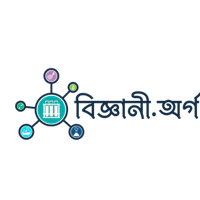
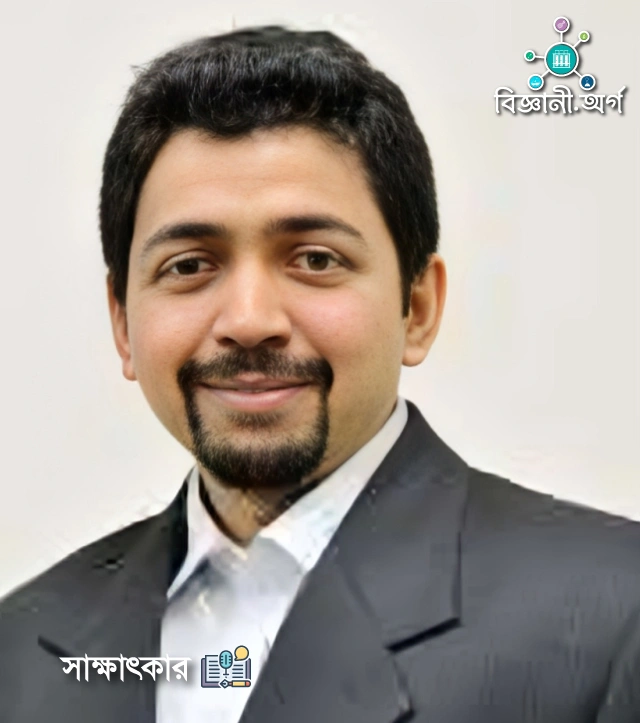



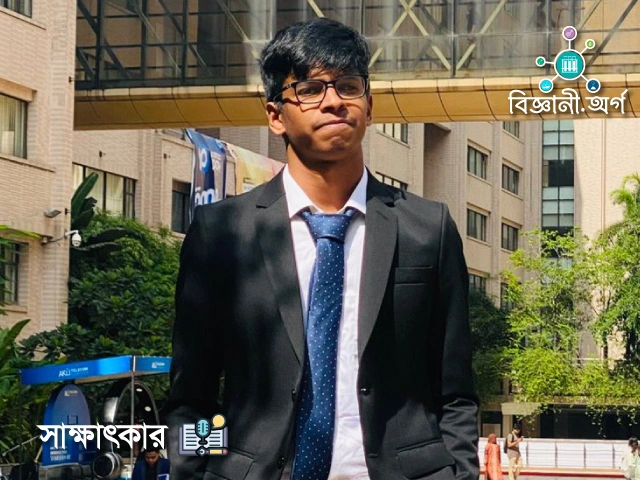
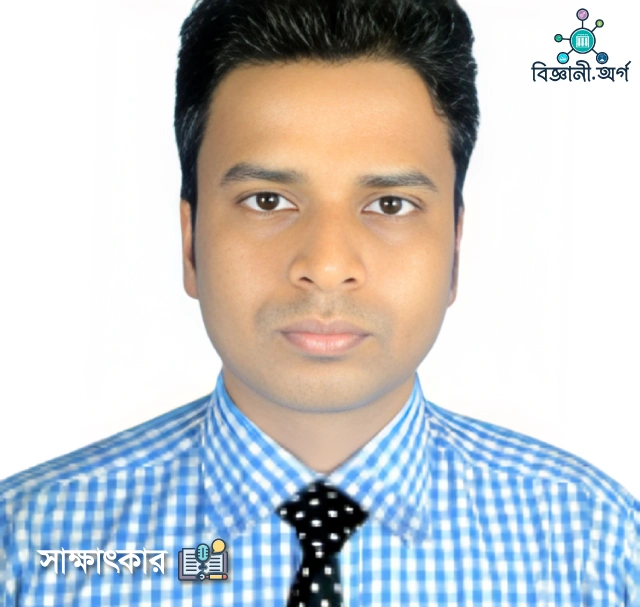
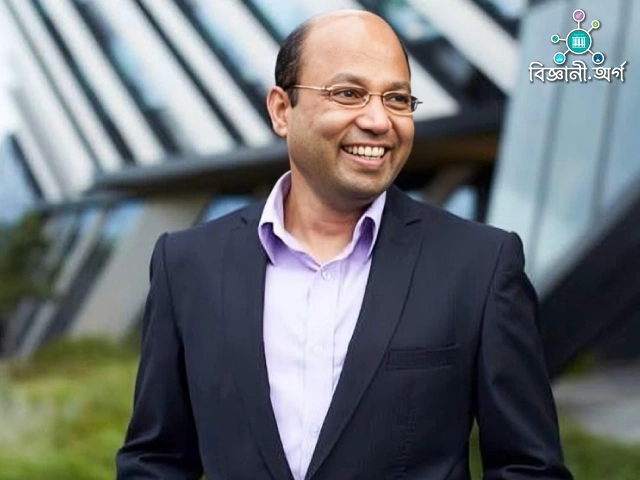
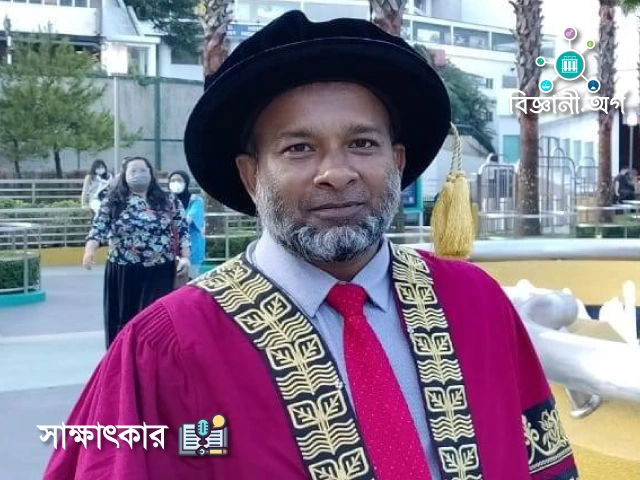
Dr.Mshiur Rahman ami apne k facebook a bolechilam je ami sciencetist hote chai apne bollen je BIGGANI.ORG a jog dite akhane ami onek age e jog diyechi ar onek kichu jante o perechi…akhon ami ja bolte chaschi seta holo ami biggani.org ar editor hobo …ami apne der sathe jogajog korte chaschi.apner phone number ta plz din?
ধন্যবাদ মন্তব্য এর জন্য। ব্যক্তিগত ভাবে আমার সাথে ইমেইলে [email protected] এ যোগাযোগ করুন। আমি আপনাকে ইমেইল দিয়েছি।
ড. মশিউর রহমান
আপনি এগিয়ে যান।
thanks.